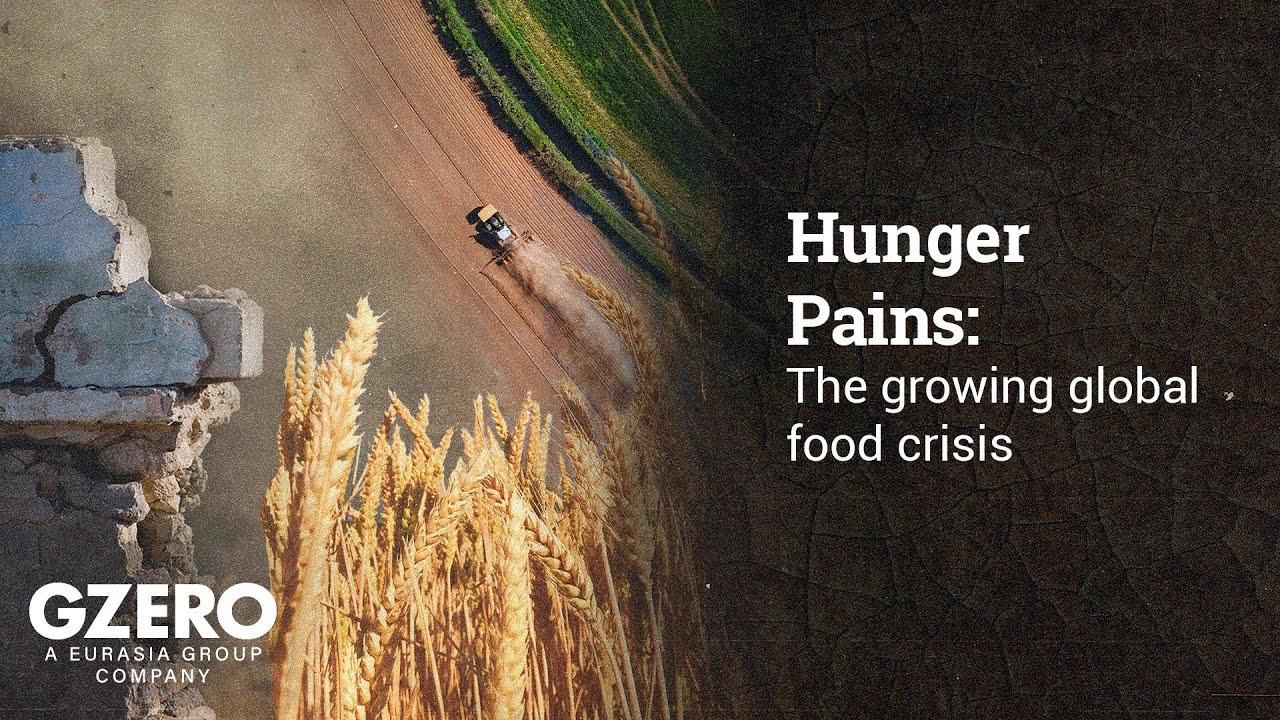GZERO Reports
Introducing GZERO's coverage on Hunger Pains: the growing global food crisis

Introducing GZERO's Coverage on Hunger Pains: The Growing Global Food Crisis | GZERO Media

The world is on the brink of a crisis that could push more than a billion people towards starvation. A crisis that could upend governments, roil global markets, and rattle households around the world.
The pandemic has scrambled food supply chains, raising costs for everyone. Droughts and floods tied to climate change have hampered harvests around the world. And Russia’s war with Ukraine has made it all worse.
Today, the world faces the sharpest “hunger pains” since the end of World War 2.
GZERO Media’s special coverage of the ongoing food crisis takes you deeper into the story.
For some, the crisis will mean higher prices, empty shelves, or shuttered businesses. But for hundreds of millions of others, it will be a matter of life and death.
How can the world cope? What are governments doing to make things better, or worse? And how will it all affect YOU?
Follow our coverage at gzeromedia.com/hunger-pains to find out.Behind every scam lies a story — and within every story, a critical lesson. Anatomy of a Scam, takes you inside the world of modern fraud — from investment schemes to impersonation and romance scams. You'll meet the investigators tracking down bad actors and learn about the innovative work being done across the payments ecosystem to protect consumers and businesses alike. Watch the first episode of Mastercard's five-part documentary, 'Anatomy of a Scam,' here.
Think you know what's going on around the world? Here's your chance to prove it.